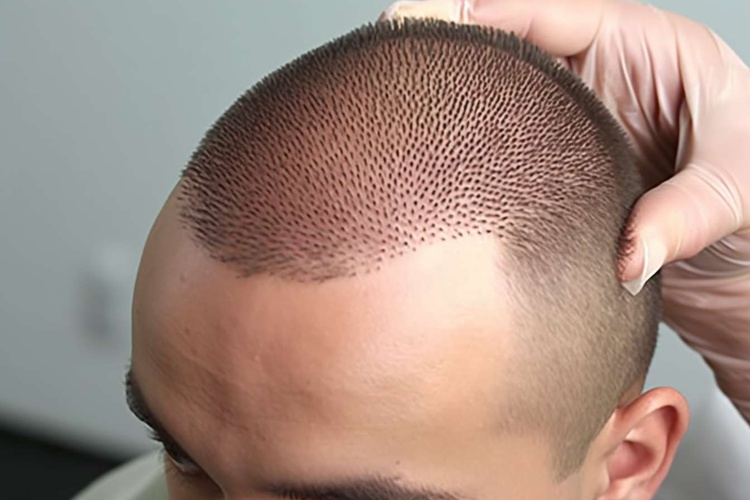Hair Restoration: Procedures, Treatments, and Outcomes
Hair loss affects many people for a variety of reasons — genetics, hormonal changes, medical conditions, medications, or lifestyle factors. Hair restoration encompasses a range of strategies intended to halt progression, restore hair density, or improve cosmetic appearance. Options include non-surgical treatment, regenerative therapies, and surgical medical procedures; each has different goals, timelines, and expected results.

This article is for informational purposes only and should not be considered medical advice. Please consult a qualified healthcare professional for personalized guidance and treatment.
Understanding hair loss and common causes
Hair loss can present as gradual thinning, receding hairlines, or patchy bald spots. Androgenetic alopecia (pattern hair loss) is the most common cause in both men and women and is linked to genetics and hormones. Other causes include autoimmune conditions (alopecia areata), nutritional deficiencies, thyroid disorders, scalp infections, and physical or emotional stress. A proper assessment by a clinician often includes medical history, scalp exam, and sometimes blood tests or scalp biopsy to identify reversible factors before recommending hair restoration or treatment.
What is hair restoration and who is a candidate?
Hair restoration refers to interventions aimed at increasing hair density or improving the look of the scalp. Candidates vary by approach: those with stable pattern hair loss and sufficient donor hair may be suitable for surgical procedures, while early-stage thinning or medically driven loss may respond to topical or systemic treatments. Age, overall health, medication history, and realistic expectations matter. A clinical consultation helps determine whether non-surgical treatment, regenerative therapy, or a surgical medical procedure is the most appropriate path.
Medical procedures for hair restoration
Surgical medical procedures include follicular unit extraction (FUE) and follicular unit transplantation (FUT), both of which relocate hair from donor areas to thinning or bald zones. FUE extracts individual grafts, often leaving minimal linear scarring, while FUT removes a strip of scalp and produces a linear scar but can transplant many grafts in one session. These procedures require local anesthesia, skilled surgeons, and a recovery period. Potential risks include infection, scarring, altered sensation, and variable graft survival; a clinic should review risks and expected outcomes during preoperative counseling.
Treatment options beyond surgery
Non-surgical treatments commonly used in hair restoration programs include topical minoxidil and oral finasteride (in men), which can slow hair loss and sometimes increase density. Platelet-rich plasma (PRP) and low-level laser therapy are regenerative or adjunctive options that aim to stimulate follicles and improve scalp health. Scalp micropigmentation provides a cosmetic illusion of density without growing hair. Many programs combine treatments — for example, medication plus PRP — to optimize results. Effectiveness varies; ongoing maintenance is often necessary to preserve benefits.
What to expect from recovery and long-term maintenance
Recovery timelines differ: non-surgical treatments have minimal downtime but require months to show effect, while surgical procedures involve initial swelling, scabbing, and a few weeks to resume normal activities. Transplanted hairs can shed in the weeks after surgery before new growth begins over several months; full visible results typically take 9–12 months. Long-term maintenance frequently includes continued medication or periodic treatments to protect native follicles. Managing expectations, understanding possible need for additional sessions, and following post-procedure care instructions are important for durable outcomes.
Conclusion
Hair restoration covers a spectrum from medical procedures to topical and regenerative treatments, each with distinct indications, recovery, and realistic outcomes. Decision-making benefits from a clinical diagnosis of the hair loss cause, a clear discussion of risks and expectations, and consideration of long-term maintenance. Consulting a qualified healthcare professional or specialist for a tailored plan helps align treatment choices with individual goals and medical factors.






